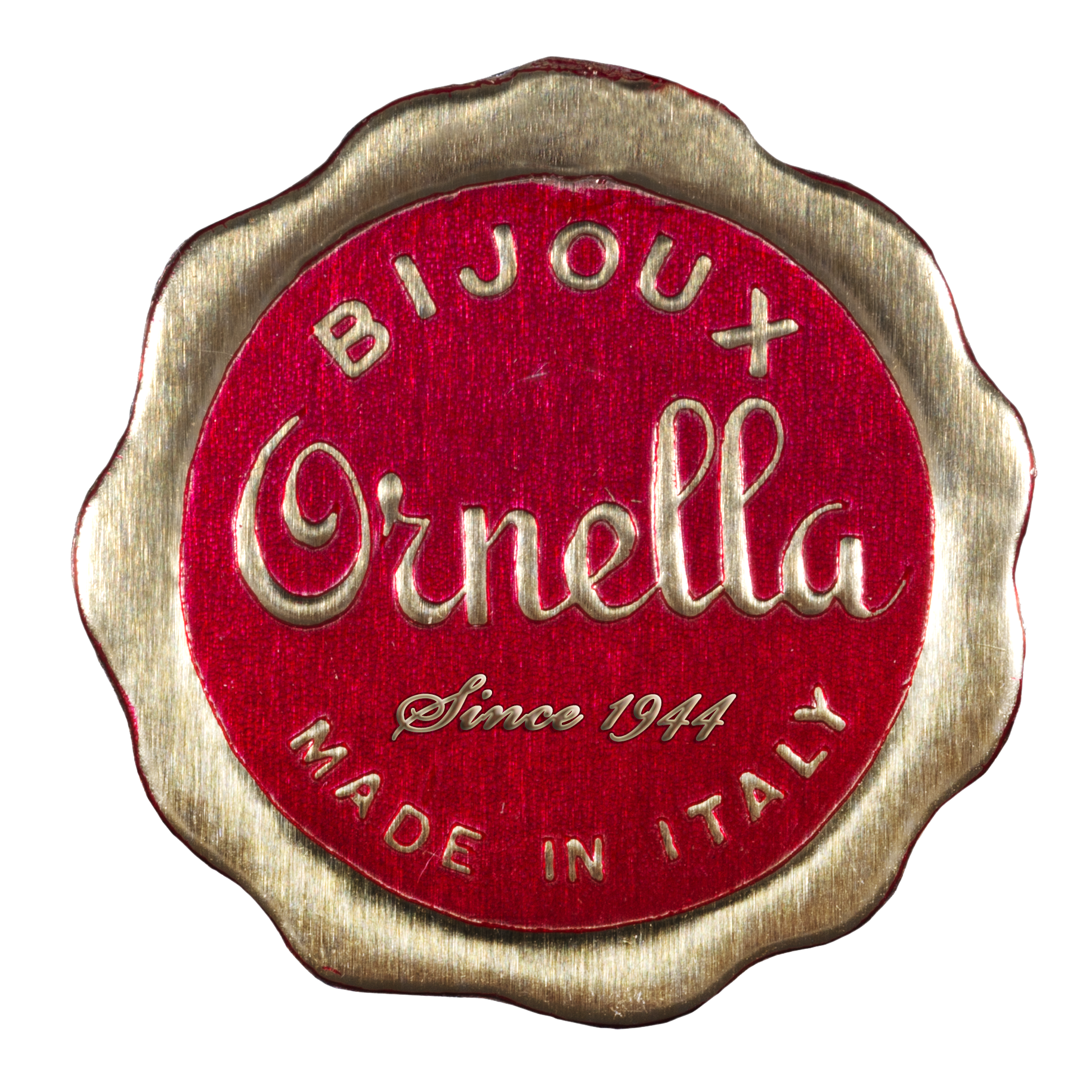Orsola Clerici: painting dreams
PictaLab is an interior decoration workshop created in Milan over fifteen years. It was founded in 2007 by Orsola Clerici, in collaboration with Chiara Troglio.
In this elegant atelier, hand-painted wallpaper and wall decorations are created, with many different techniques: from fresco to trompe l’oeil, from coating to lacquering. Here, skilled craftspeople masterfully carry out each project, which always arises from a direct confrontation with the clients to understand their needs and expectations, and take care of the execution, rigorously made-to-measure.
Every creation always takes into account the architectural space and the context in which the idea is shaped, to offer creative and personalized solutions. In addition to wall decorations, the workshop also offers a customization service for furniture and interior design objects.
Orsola Clerici, co-owner and co-founder of the studio, obtained in 2020 the title “MAM – Maestro d’Arte e Mestiere” by Cologni Foundation for the Métiers d’Art.
What was your career path and how did you start doing this job?
I studied painting and restoration first at the Como Fine Arts Academy and then at Brera Fine Arts Academy. The study of time-honoured techniques and materials was very useful.
Later I started working in Milan with decorator Alfonso Orombelli, and soon I opened my own activity. I had the great fortune to immediately start working with renowned architects such as Piero Castelli and Barbara Frua, who offered me the opportunity to grow and learn, as well as to admire and work in enchanting spaces and places.
What styles, techniques and materials do you prefer?
I’m quite eclectic and I’m interested in many techniques. The tempera painting on large surfaces perhaps remains my favourite one, however I am also very interested in engraving or other similar techniques on particular supports, such as glass. I’m also dealing with hybrid techniques of digital printing and manual techniques, which are giving me great satisfaction.
How do you create a bespoke interior decoration project?
The first step is the analysis of the space and its characteristics: the plan, the brightness, the intended use, the characterizing architectural elements, and so on; all this has to be combined with the wishes of the customer or the designer.
The project must be based on these premises and then studied through sketches, 3D visualizations, photomontages and moodboards. Once the sketch has been approved, we develop the executive project for the implementation.
Is there any artist or master artisan you particularly appreciate?
There are many of them! I constantly study ancient art: from the great masters of the Italian Renaissance to Roman painting, up to the Bolognese decorators of the 18th century. I also appreciate many contemporary decorators, my collaborators in the first place, among which I mention by right of seniority only Greta Gallia, Alice Zaninetti, Valeria Brigliano, Giulia Lavina, Melinda Forfori. I have great esteem for Idarica Gazzoni and Elena Carozzi. I also appreciate companies such as De Gournay or Fromental, which develop products of superior craftsmanship.
How is the workshop organized today? Do you have collaborators who assist you in the work?
Our workshop is constantly growing: it counts today 12 persons and as many collaborators. Our team is composed of planners, decorators who take care of the realization, and an administrative department.
What is the most important or most inspiring project you have completed so far?
I have been lucky enough as to carry out many inspiring projects. So, this is a very difficult question! At the moment I am engaged in the creation of painted mirrors with a special ancient technique. I’m also working on a large decoration with huge plants for a stairwell in a building in Rome.
With my partner Chiara, we always remember a “legendary” job we did: the decoration of the “Monastero” resort in Pantelleria (Sicily), in collaboration with Barbara Frua and Fabrizio Ferri.
How do you combine tradition and innovation in your work?
It’s something I do every day on various levels: creatively, I try to translate ancient decorations into contemporary taste. On a technical level, I try to innovate processes and techniques, also by making use of new materials, as well as new technologies, for example applications for digital design, laser cutting for moulds, in some cases digital printing or scanning.
Without ever forgetting the study of ancient techniques, such as verre églomisé, which consists in applying a design, or gold or silver leaf, on the back of a glass panel.
In 2023, you hosted the young decorator Soé Astuquipan Leo in your atelier, as part of the Cologni Foundation’s “A School, a Job” project. How was this experience of collaboration with an apprentice? Do you carry out other activities for the training of young people and the transmission of your knowhow?
It was a nice experience. Soé has a very delicate hand and is very sensitive. Furthermore, the fact that she is Peruvian and therefore belongs to a different culture from ours makes the collaboration even more stimulating.
In our atelier and on site we constantly carry out training. One of the most stimulating and beautiful things about my job is certainly having the opportunity to live among creative people in a continuous exchange of ideas and skills. If some can offer the experience, others add freshness and innovation. In this work you never stop developing new skills, and I can’t say who, between the teacher and the pupil, learns the most!
PictaLab
Via Battista de Rolandi, 14 – Milan
Ph. +39 02.28095960
clio@pictalab.com
www.pictalab.com







